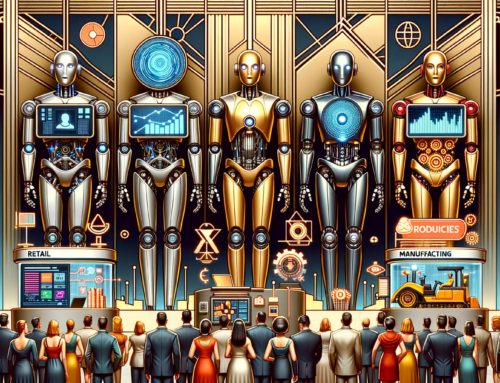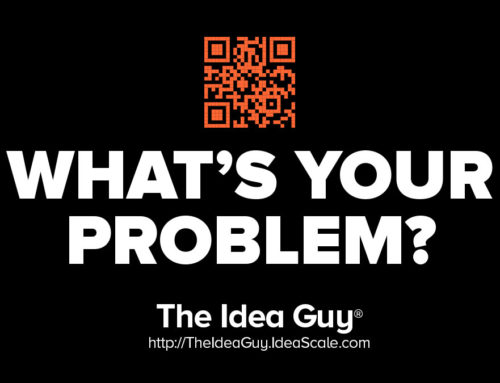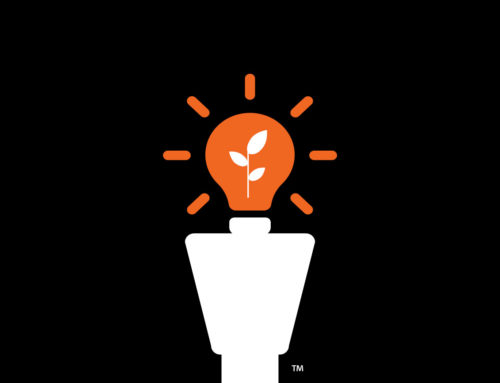LEAN Design Thinking: The Best of Both Worlds
The Idea Guy • December 19, 2016
As one may imagine, LEAN Design Thinking contains the process and methods of Design Thinking adapted for the Lean Model environment. It offers new ways for employees to be intentional and collaborative as they design solutions that better serve the customer, empowering employees to create impactful solutions for complex challenges.
The core idea of the LEAN model to maximize customer value while minimizing waste. Simply, lean means creating more value for customers with fewer resources. A lean organization understands customer value and focuses its key processes to continuously increase it. The ultimate goal is to provide perfect value to the customer through a perfect value creation process that has zero waste.
The upside for companies is that they are able to respond to changing customer desires with high variety, high quality, low cost, and with very fast throughput times. Also, information management becomes much simpler and more accurate.
The downside of LEAN is that all too often there is no time allocated to understand what the customer really needs, or the real problem the customer is experiencing. There is also little time allocated to the generation of new ideas, so often the improvement is a new version of the same thing.
“The light bulb wasn’t invented by continuously improving the candle.”
Businesses all over the globe are using Design Thinking to create new solutions for their customers, companies and communities—using empathy to help develop programs, engaging people in helping to design their solutions and working with each other to create new tools and processes for all types of challenges. These efforts are helping employees become agents of change within their companies, generating new ideas for their customers and driving new small- and large-scale innovations.
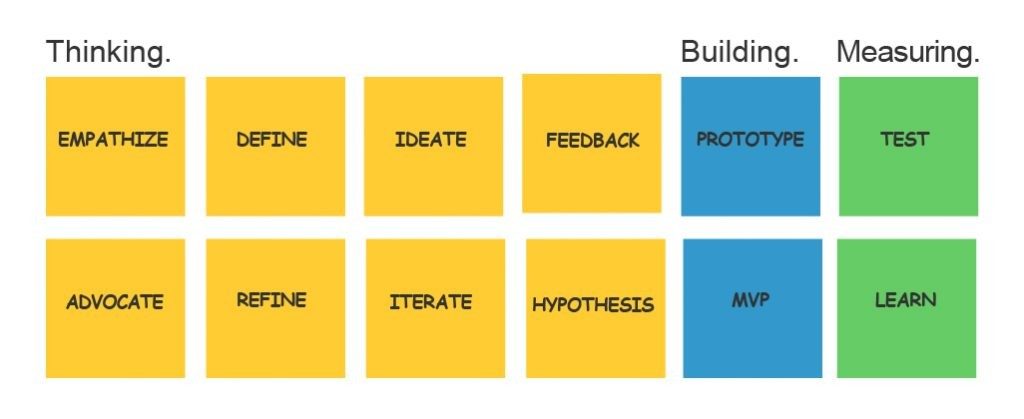
The Best of Both Worlds
Every Design Thinking-inspired methodology begins with an empathetic understanding of the people involved in the problem. From observation and engagement, to empathy maps and personas, the more we understand on an emotional level the more prepared we can be to take action as an advocate. Sharing stories, role play – we walk in their shoes.
With an emotional understanding and attitude of action, we are better prepared to break down the problem and properly define, while refining the language helps to sharpen the focus.
A divergent approach to ideation through visual thinking and imagination generates of a volume of ideas providing a breadth of possibilities. A convergent focus of mind maps and collaboration identifies the concepts that have the greatest potential.
Gathering feedback from extreme users and sharing insights helps make a selection that turns into the hypotheses, fueling innovation.
Develop prototypes to win big or fail fast can save time, save money and provide peace of mind. Prototyping is a crucial activity in innovation leadership that is easily overlooked, underestimated or avoided. Staying low tech reduces investments, stimulates iterations, and reduces cycle times. Once a concept of high value is discovered the minimum viable product (MVP) can be produced.
The MVP can be tested in the lab, in the field, an din real-world environments by the people it serves. Ongoing testing can provide a pipeline of information as versions evolve.
The Test mode is to solicit feedback, about the prototypes created, from users and those impacted: another opportunity to gain empathy for the people served. Testing is another opportunity to understand users, but unlike the initial empathy mode, here there is more framing of the problem and prototypes to test. Both of these things tend to focus the interaction with users, but don’t reduce “testing” to asking whether or not people like the solution. Instead, continue to ask “Why?”, and focus on learning about the people and the problem, as well as your potential solutions.
Learning is defined as “the activity or process of gaining knowledge or skill by studying, practicing, being taught, or experiencing something.” In the context of this process, it is the gaining of knowledge from the testing previously completed. A/B testing of product can isolate learning, and ongoing testing can provide ongoing learning or the insights to pivot.
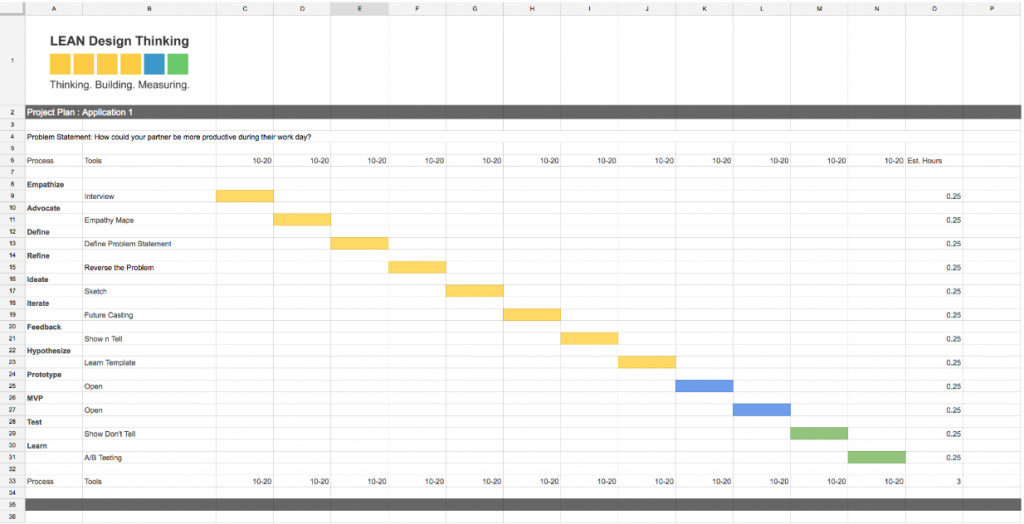
The foundation for Design Thinking is planned thinking, so a well-planned project is in keeping with its principles, and also provides a metric for management to estimate and measure. Following the process is one part, but using the right tools in each step, in order of greatest efficacy, is the difference between activity and innovation.
Learning LEAN Design Thinking
LEAN Design Thinking is offered as a two-day workshop, supported by project mentoring, to increase participant success. By applying new learning immediately to a project of importance we are able to reduce the time for adoption and increase the impact of the project.
To learn more about bring this workshop to your organization, please message me directly on LinkedIn.
